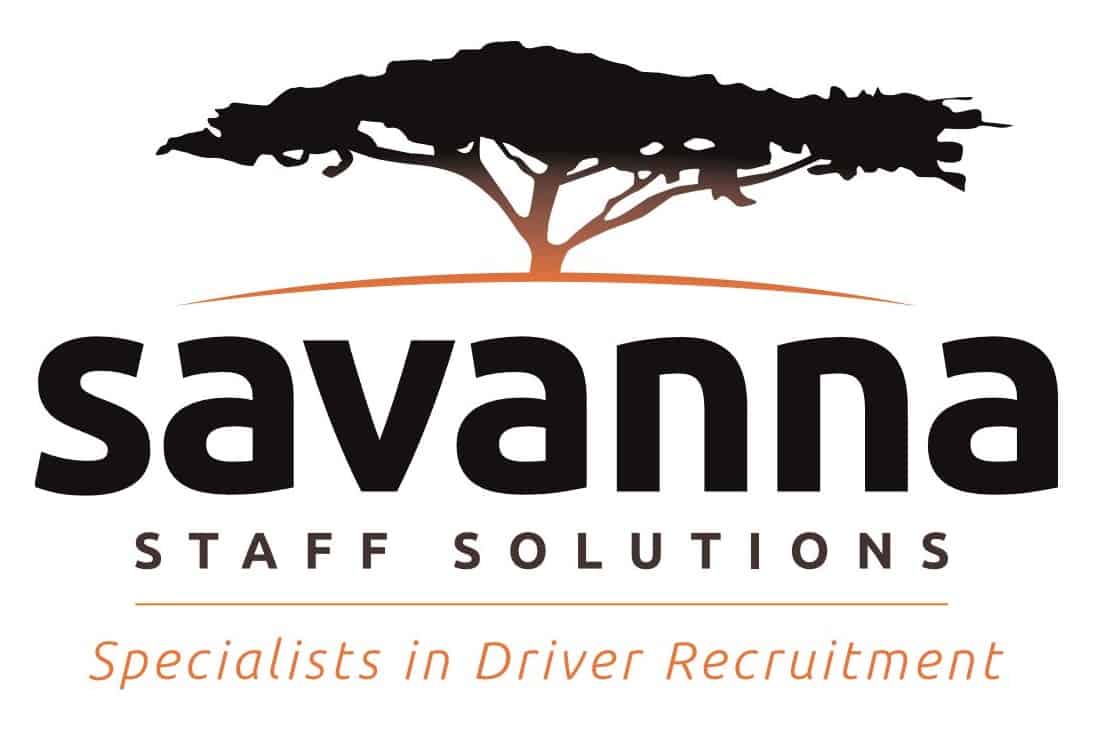The health and safety responsibilities of an employer vary dramatically. However, the message is the same: you must do everything reasonably possible to protect your employees. Under the Health and Safety at Work Act, employers must not only protect their workers but also those around them. This is not only relevant when in the workplace, but also during on the road work activities. To help you to protect your team, we’ve taken a look at some of the key considerations to meet health and safety law.
Health and Safety Executive Guidance to Driving at Work
Health and safety regulations are predominantly based on common sense. By taking a practical approach, it is possible to review any risks and ensure that every necessary precaution has been taken. The HSE advice for management of health and safety is based on a four-step programme, Plan, Do, Check and Act.
Plan
Firstly, employers must carry out risk assessments related to each task their workers must complete. For HGV drivers, this may include loading pallets, driving on dual carriageways or working on long distance delivery trips. You will then need to create a health and safety policy, providing adequate detail on best practice for journey planning, training schemes and vehicle maintenance. It would also be reasonable at this point to appoint someone to be responsible for health and safety within your business.
Do
As a larger logistics business, you will need to ensure that all departments are communicating effectively to implement your policy. Adequate systems will need to be put in place to ensure that vehicle inspections and services are carried out regularly. It is also advisable to involve your employees in your decision making as well as your health and safety representative. Drivers will be more aware of the genuine issues that crop up and are likely to follow the guidance if they understand your reasoning.
Health and safety training is essential to reinforce any specific elements of the policy. It is also important when new systems are implemented to ensure that all employees can safely use these systems. Training should be undertaken regularly and incorporated into your new driver induction programme.
Check
Any changes or systems that are introduced should not be assumed to be perfect immediately. Due to the risks to drivers and vulnerable road users, HGV safety management should be continuously monitored and reviewed. Any areas of concern can then be adjusted to account for other law changes or developments in equipment and software. In addition, accurate reporting should be implemented and reinforced, encouraging drivers to report when they are involved in incidents or near misses.
Act
As well as accurate reporting systems, you must ensure as an employer that you introduce systems that collate sufficient quantities of data and information to allow you to make informed decisions regarding your drivers’ safety. It is also important that logistics businesses regularly review their health and safety policies as there are so many factors that could affect this. As our roads become busier, so too does the workload of logistics businesses’ health and safety departments.
Health and Safety on the Road
What can drivers do to protect themselves and fellow road users when they are on the road? One of the most important laws relating to drivers is the restrictions of drivers’ hours. These laws are further reinforced by the legal requirement to accurately utilise digital tachographs when working as an HGV driver.
If you have any questions regarding safety on the roads or careers in the transport and logistics industry, the Savanna team are here to help. Savanna are a highly experienced driver recruitment specialist for London and the surrounding areas, specialising in Class 1 and 2 driver jobs. To begin the search for your next driving job this summer, contact us on: 0330 335 8367 or email info@mysavanna.com.
